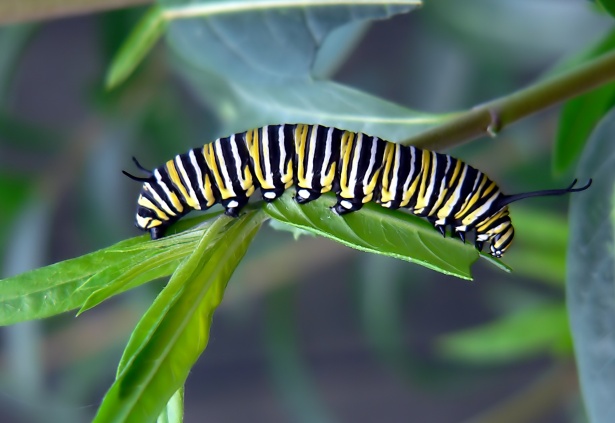Protecting Your Garden from Common Pests: A Comprehensive Guide
Protecting Your Garden from Common Pests: Gardens bring tremendous joy, from the satisfaction of growing your own vegetables to creating beautiful outdoor spaces. However, unwanted visitors in the form of pests can quickly turn this pleasant hobby into a frustrating battle. Here’s a comprehensive guide to identifying and preventing common garden plagues before they take hold.
One of the first steps in protecting your garden from common pests is learning exactly what you’re up against.
Know Your Enemy: Common Garden Pests
Understanding the most frequent garden invaders is your first line of defense:
- Aphids: These tiny sap-sucking insects reproduce rapidly and can weaken plants by extracting nutrients.
- Slugs and Snails: Active primarily at night and in damp conditions, they leave behind telltale slime trails and irregular holes in leaves.
- Caterpillars: While some butterflies are beneficial, their larvae can devastate leafy plants.
- Spider Mites: These microscopic pests thrive in hot, dry conditions and create fine webbing while feeding on plant cells.
- Whiteflies: Small, white flying insects that cluster on the undersides of leaves, weakening plants as they feed.
Prevention Strategies
Build Healthy Soil
Healthy plants grown in nutrient-rich soil naturally resist pests better than stressed or weak plants. Regularly add compost to your garden beds to improve soil structure and provide essential nutrients.
Implement Crop Rotation
Avoid planting the same type of crop in the same location year after year. Many pests overwinter in soil, waiting for their preferred host plants to return.
Practice Companion Planting
Some plants naturally repel certain pests or attract beneficial insects:
- Marigolds deter nematodes and many insect pests
- Nasturtiums act as trap crops for aphids
- Basil planted near tomatoes improves their flavor and repels flies and mosquitoes
Maintain Garden Hygiene
- Remove plant debris regularly
- Prune overcrowded areas to improve air circulation
- Clean tools between uses to prevent disease spread
- Remove severely infested plants promptly
Attract Beneficial Insects
Create a garden that welcomes natural predators:
- Ladybugs and lacewings feed on aphids
- Ground beetles consume slugs and caterpillars
- Parasitic wasps target caterpillars and other pests
Plant flowers like dill, fennel, cosmos, and sunflowers to attract these helpful allies.
Organic Intervention Methods
While prevention is key, sometimes a more hands-on approach is necessary for protecting your garden from pests when infestations occur.
Physical Barriers
- Floating row covers protect vulnerable crops
- Copper tape deters slugs and snails
- Diatomaceous earth creates a barrier against crawling insects
Homemade Remedies
- Soap spray: Mix 1 tablespoon mild liquid soap with 1 quart water to target soft-bodied insects
- Garlic spray: Blend garlic cloves with water, strain, and spray to repel many insects
- Neem oil: A natural insecticide that disrupts feeding and breeding cycles
Biological Controls
- Beneficial nematodes control soil-dwelling pests
- Bacillus thuringiensis (Bt) targets caterpillars without harming other insects
- Predatory mites manage spider mite populations
When to Tolerate Some Damage
Remember that a completely pest-free garden isn’t realistic or even desirable. Some level of pest presence indicates a healthy ecosystem. The goal should be management, not elimination—keeping pest populations below damaging thresholds rather than eradicating them entirely.
Final Thoughts
Garden pests are an inevitable part of gardening, but with vigilance and proper preventative measures, you can minimize their impact. By working with nature rather than against it, you’ll create a resilient garden ecosystem that largely manages itself, allowing you to spend more time enjoying your garden and less time fighting plagues.


